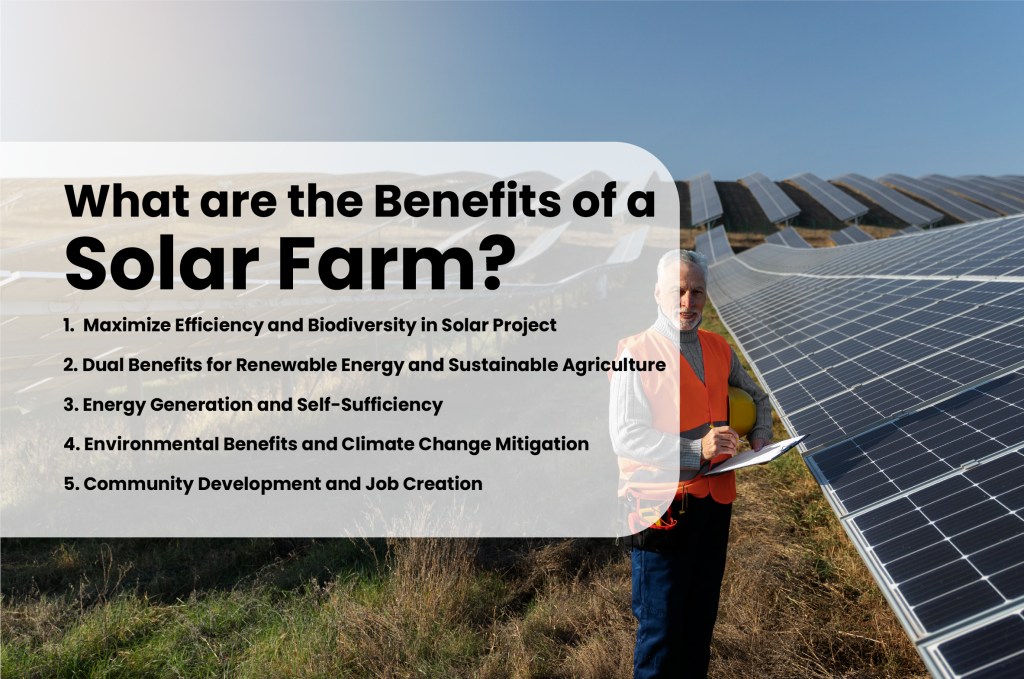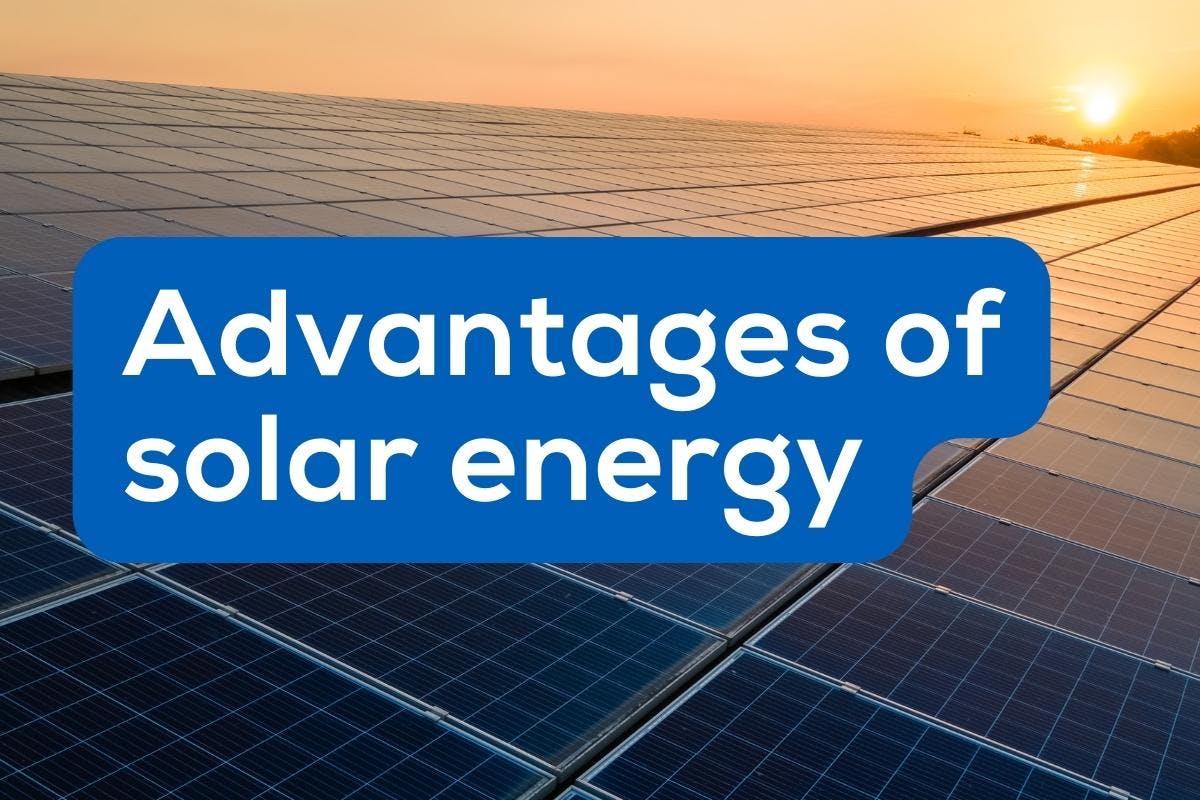Solar Energy 101: A Newbie's Overview to Sustainable Energy Solutions
As the globe progressively shifts towards lasting energy solutions, comprehending the principles of solar power comes to be essential for both individuals and companies. This overview gives a comprehensive overview of solar power, detailing the various systems readily available and the mechanisms behind their operation. By discovering the benefits of solar modern technology, alongside the economic incentives and installation processes, one can get a clearer perspective on exactly how to properly integrate this renewable energy into their energy approach. The trip toward embracing solar power invites further assessment of the challenges and factors to consider that come with it.
Recognizing Solar Energy
At its core, understanding solar power includes understanding the fundamental principles of how sunshine can be converted right into useful electrical power. Solar power is derived from the sunlight's radiation, which can be used via different modern technologies.

Recognizing solar power likewise involves identifying its environmental advantages. By using sunlight, we can mitigate greenhouse gas exhausts and reduce air contamination, adding to a more sustainable future. The improvements in modern technology and efficiency of planetary systems remain to improve their viability, making solar power a significantly attractive alternative for global energy needs.
Kinds Of Solar Power Equipments
Numerous sorts of solar energy systems are generally used to harness solar power for electricity generation. The primary categories include solar (PV) systems, concentrating solar energy (CSP) systems, and solar thermal systems.
Solar systems make use of photovoltaic panels made up of silicon cells that convert sunlight straight into electrical energy. These systems are functional and can be set up on roofs, ground installs, or incorporated into building products.
Focusing Solar Power systems, on the other hand, utilize mirrors or lenses to focus sunshine onto a little area, producing heat that drives a vapor generator to create electrical energy - Simply Solar Illinois. CSP systems are typically deployed in large nuclear power plant and call for direct sunshine, making them less appropriate for cloudy regions

Each kind of solar power system has its one-of-a-kind qualities, applications, and suitability depending on geographic location, energy requirements, and budget, making it necessary to review choices based upon certain conditions. - Simply Solar Illinois

Advantages of Solar Power
Harnessing solar power through different systems not only supplies a lasting method to generate electrical energy but additionally offers a wide range of advantages. Among one of the most considerable benefits is the reduction in greenhouse gas emissions, contributing to a cleaner environment and combating environment change. Solar power is sustainable, meaning it is inexhaustible and readily available as long as the sunlight beams, unlike fossil fuels, which are finite and diminishing.
Moreover, solar power can cause considerable cost savings in time. Home owners and organizations can decrease their electrical power costs considerably, and oftentimes, they may gain credit scores for excess power generated through web metering. Additionally, the solar sector develops jobs, from producing to installation, promoting neighborhood economic situations.
One more engaging advantage is energy freedom. By generating their very own electrical energy, individuals and communities can minimize dependence on exterior energy resources, boosting durability against fluctuating energy costs and supply disruptions. Furthermore, solar power systems call for very little maintenance, making them a hassle-free alternative for lasting power generation.
Installation Refine Overview
The installation process for solar energy systems typically includes a number of essential steps that make certain efficient assimilation into a building. Initially, a comprehensive site assessment is conducted to assess the roof's orientation, shielding, and structural integrity, which are important to maximizing photovoltaic panel performance. Following this evaluation, the layout phase begins, where a tailored solar power system is set up based on the house owner's energy requirements and preferences.
As soon as the style is completed, the needed permits and approvals are obtained from neighborhood authorities, making sure conformity with regulations. The real installment involves installing the photovoltaic panels on the roof or ground, linking them to an inverter, and incorporating the system with the residential property's electrical configuration. This phase might also involve setting up battery storage space systems, depending on the style.
After installation, a comprehensive assessment is conducted to verify Visit Your URL the system's performance and security. Ultimately, the system is appointed, and home owners are educated on its procedure and upkeep. With the installation complete, the solar power system can begin generating renewable resource, adding to sustainability and reducing energy expenses. This structured strategy makes sure that solar systems are both reliable and reliable, maximizing their lasting advantages.
Financial Rewards and Cost Savings
Discovering the monetary rewards and financial savings connected with solar power systems can considerably improve the allure of making the switch to renewable go to the website energy. Different incentives exist at federal, state, and regional levels, made to lower the first expenses connected with solar setup. Among one of the most noteworthy motivations is the government solar tax obligation credit scores, which allows house owners to subtract a portion of their planetary system installment costs from their federal tax obligations. Since 2023, this credit scores stands at 30%, supplying considerable financial savings.
In enhancement to tax credits, many states provide rebates that can further lower ahead of time expenditures. Some energy firms likewise offer performance-based rewards, gratifying solar energy manufacturing over time. Financing alternatives, such as solar car loans and leases, enable consumers to mount systems with little to no deposit, making solar power extra accessible.

Long-lasting financial savings are another important aspect. click to read By producing their very own electrical power, house owners can dramatically decrease or perhaps remove their month-to-month energy expenses. Furthermore, solar systems can raise home worths, providing a solid roi. Overall, the mix of motivations and cost savings makes solar energy a financially attractive choice for lots of houses.
Verdict
Finally, solar energy stands for an essential component of lasting power options, supplying a pathway towards decreased carbon impacts and improved environmental management. The varied sorts of solar energy systems, paired with significant economic rewards, promote more comprehensive fostering amongst individuals and communities. Understanding the installation procedures and benefits associated with solar power encourages stakeholders to make informed choices. Ultimately, the transition to solar power not just fosters ecological obligation yet additionally promotes economic savings and energy self-reliance.